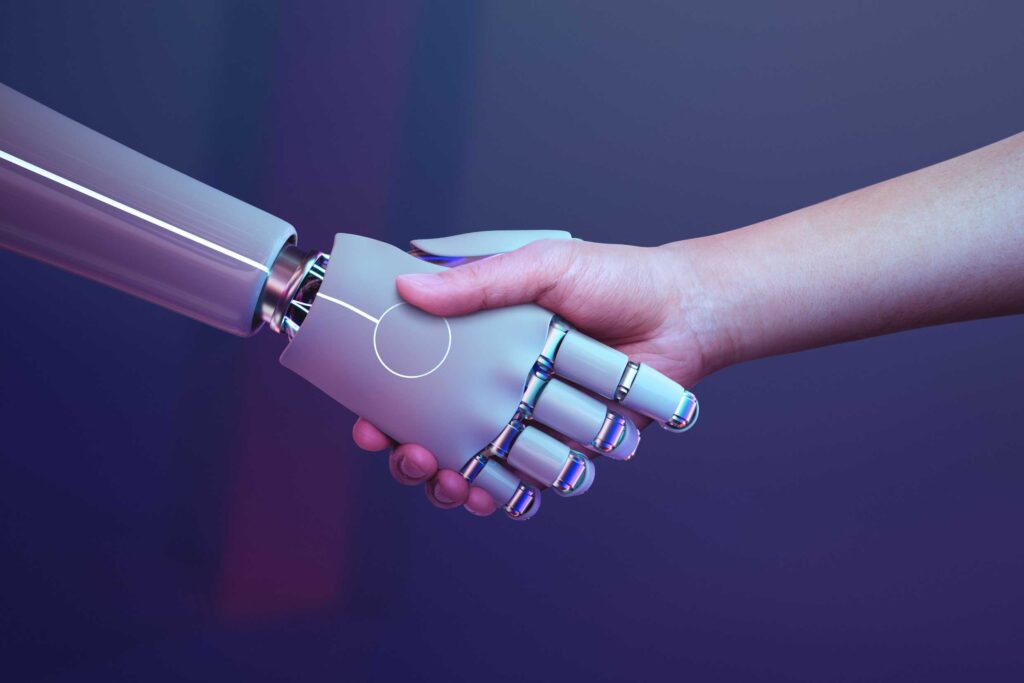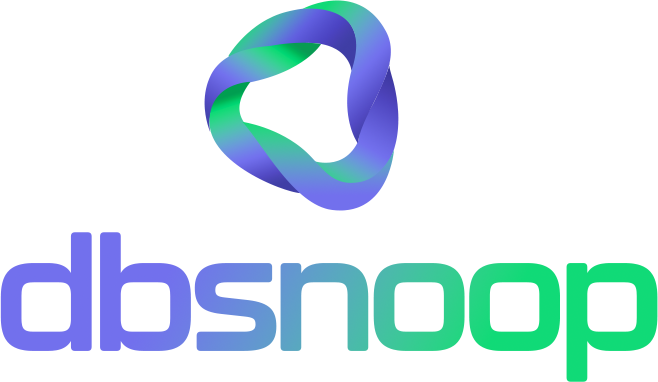

Analyzing the past to understand the future is nothing new. But anticipating events with statistical confidence, in real time, and without direct human intervention — now that’s a breakthrough. And that’s exactly what AI-based predictive analysis is bringing to data operations.
As of April 2025, this trend is solidifying: the use of AI to foresee failures, behaviors, and opportunities is moving from talk to action. And for the first time, the barrier to entry is low enough that teams of any size can implement it in their daily routine.
From Statistical Forecasting to Continuous Learning
Traditional predictive analysis relied on static models: linear regression, time series, and a bit of luck. With the evolution of machine learning and deep learning, these models began learning from data continuously, adapting to changes in the environment — and doing so at scale.
What changes with AI:
- Models adjust parameters automatically as new data arrives;
- Previously unnoticed correlations are now identified;
- Decisions begin to be made automatically, based on patterns detected in real time;
- Prediction explainability evolves, enabling greater trust and governance.
Real Applications Far Beyond the Hype
Infrastructure, databases, critical environments — everything becomes predictable. But this anticipation capability goes far beyond buzzwords. Below are some mature use cases:
1. Operations and Infrastructure (DataOps and SysOps)
- Predictive maintenance: anticipating disk failures, performance degradation, replication issues, and server bottlenecks.
- Capacity management: forecasting CPU usage, IOPS, and data growth to prevent capacity-related incidents.
- Workload forecasting: estimating resource usage based on historical query patterns, traffic spikes, and business cycles.
2. Databases
- Proactive query optimization: systems that identify degradation patterns before latency increases.
- Deadlock and contention prediction: predictive alerts based on concurrency history and transactional behavior.
- Structural anomaly detection: predicting schema change impacts before they’re applied.
3. Security and Compliance
- Prevention of unauthorized access: modeling typical user behavior and issuing alerts for deviations with potential risk.
- Compliance incident forecasting: predicting non-compliance scenarios based on operational cycles.

What’s Evolving in 2025
This year’s trends show a clear inflection point: predictive AI is becoming more accessible, domain-specific, and integrated.
Pretrained Models for Specific Domains
Companies are moving away from building from scratch and opting for pretrained models tailored to specific contexts — churn prediction, financial risk, equipment failure, disk usage in PostgreSQL clusters, and more. This dramatically reduces adoption time.
Cloud-Based Plug-and-Play
Services like AWS Forecast, Azure ML Forecasting, and Vertex AI have democratized access to predictive analytics. Today, it’s possible to deploy a model in just a few clicks, using simple historical data (CSV or API), and start forecasting your environment’s future.
Hybridization with Generative AI
It’s no longer enough to predict. Now, generative models like GPT help interpret the prediction: they explain what might be behind the anomaly, suggest actions, or even draft automatic reports. This shortens the gap between alert and corrective action.
But It’s Still Not Magic
Despite all the progress, some risks remain and must be seriously addressed:
- Overfitting: models that work well in stable environments may fail in volatile scenarios. Continuous model monitoring becomes essential.
- Data bias: poor predictions come from poor data. Poorly instrumented environments or those with historical gaps generate fragile models.
- Governance: with LGPD and international regulations, using predictive AI with sensitive data demands traceability, access control, and transparency.

What Does This Mean for Technical Teams?
If you’re leading a data stack, the question is no longer if you’ll adopt predictive AI — but how.
- Critical infrastructure must be anticipated, not reacted to.
- Well-applied forecasting models reduce incidents and boost operational confidence.
- Technical teams gain time and focus by leaving reactive mode behind.
It’s not just about predicting failures. It’s about creating intelligent, self-adaptive environments that are less prone to costly surprises.
Final Considerations
The maturity of predictive artificial intelligence marks a quiet but profound shift in how technical teams manage their environments. What once relied on intuition and manual effort can — and should — now be anticipated through data, patterns, and continuous learning.
For those leading critical operations, this technology represents more than efficiency: it’s a new stance toward complexity. It means stepping out of operational inertia and taking control with predictability, agility, and confidence.
Adopting predictive AI doesn’t require an internal revolution — just a conscious first step: choosing the right data, asking the right questions, and starting small but with clarity. The gains come quickly — in stability, performance, and the confidence that only foresight can provide.
If your operation is still putting out fires daily, it might be time to turn data into alerts before they become problems. And that is exactly the role of predictive AI.
Visit our YouTube channel to learn about the platform and watch tutorials.
Schedule a demo here.
Learn more about Flightdeck!
Learn about database monitoring with advanced tools here.


